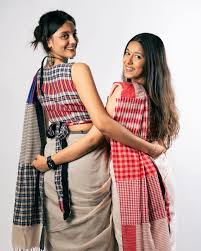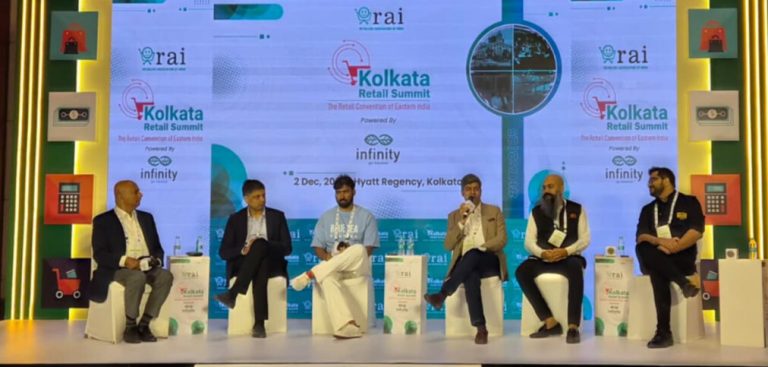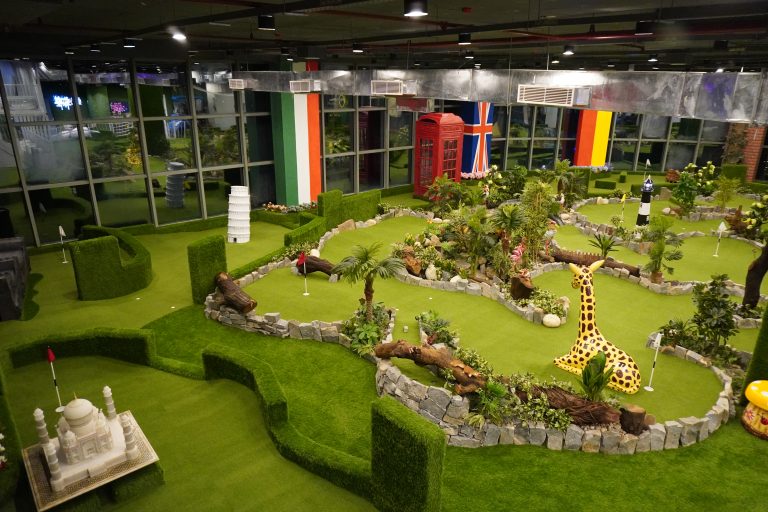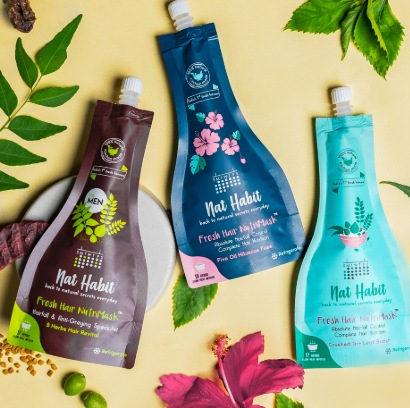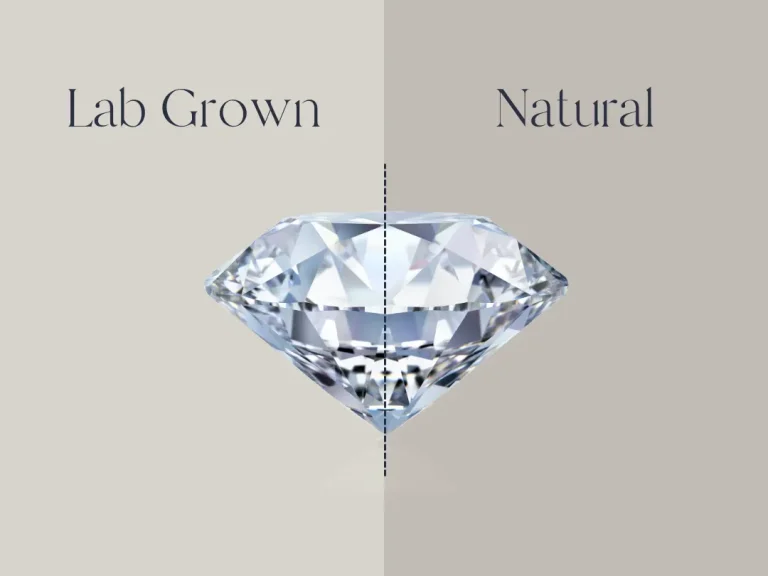Kolkata-based sustainable fashion collective 145 East describes itself as a troupe of visual bandits who wanted Kolkattans to embrace their homegrown aesthetic while connecting with the organic and ethical route to daily fashion. Their gamcha dhoti bottoms and gamcha saris couldn’t possibly have escaped anyone’s attention; the label also brings the wearer closer to the weaver, and thus essentially helping them connect with the homegrown artistry.
They started almost accidentally when we helped an NGO raise funds for two gamcha weavers who were out of a job. The company got its formal introduction at the 2016 edition of The India Story (a curated showcase featuring the up-and-coming names of contemporary design) where we launched ourselves as a lifestyle collective. The idea behind this was cultural revival and reintegration of traditional fashion sensibilities into the mainstream consciousness.
Gamcha is a familiar thing in India, more so in the East as a household staple. It’s a homegrown textile which finds a place in every major part of our lives; their designs are a revival of the position gamcha previously held in the country before more commercial fabrics found their way into the ecosystem.
The textile finds itself in a rather humble state simply because they did not account for what western influences were steadily taking away from our fashion. The habit of buying cheap, short-lived clothing to make it through life is a western principle that doesn’t align with the country’s history.
Their units are based in different parts of Bengal and Odisha, where the practice of weaving gamcha is the main economic drive in a family or establishment; they have been working with communities from Bengal to source and produce their designs consciously and with a passion that a home ground textile is afforded in its own state.
Upcycling is the future, it’s 145 East’s answer to revivalism. Adaptability is the hallmark of a true textile and gamcha, in particular, possesses versatility but it could not make the transition to a modern competitor in fashion.
